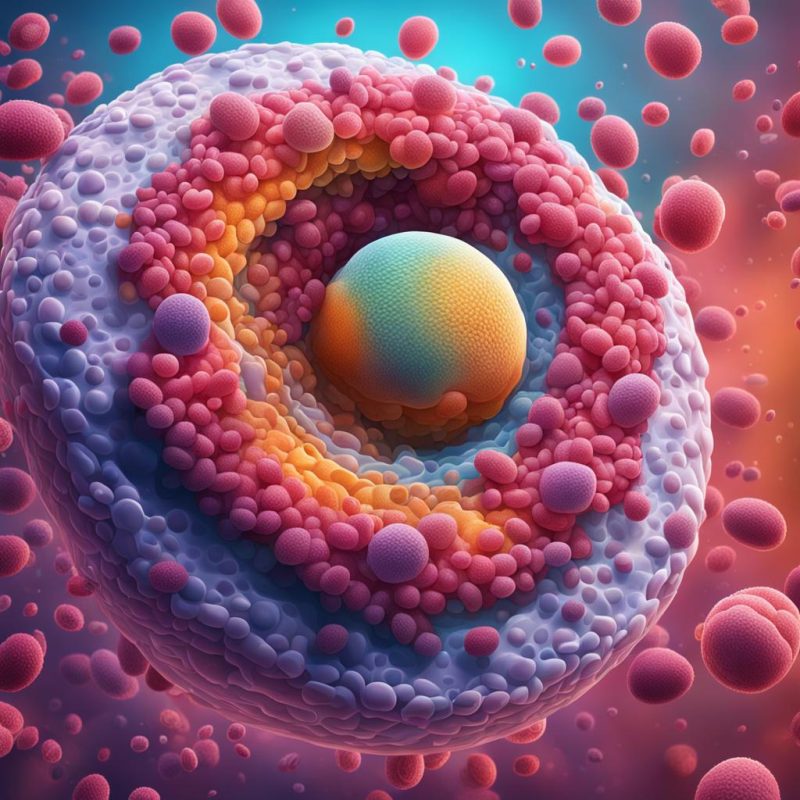Written by: Amanda Studnicki, Ph.D.
Human umbilical tissue holds exceptional promise for clinical and research applications. The umbilical cord has fewer ethical issues and is less immunogenic than other stem cell sources. The most prominent stem cell type in the umbilical cord is in the cord lining, which contains both mesenchymal cells (loosely packed) and epithelial cells (arranged in two-dimensional sheets)c [1].
A Brief History
Cord lining stem cell technology was developed in 2004 [2]. Prior to 2004, the outer lining of the umbilical cord was thrown away as medical waste. However, scientists can now extract lots of stem cells, mainly mesenchymal and epithelial stem cells, from the umbilical cord lining membrane.
Epithelial tissue is good for differentiating into skin, cornea, and liver cells, which makes it beneficial for applications in wound healing, treating eye diseases, and contributing to liver regeneration [3]. There is even some research that shows epithelial cells extracted from umbilical cord tissue show promise in treating damaged cardiac tissue [4].
Characteristics of Umbilical Cord Epithelial Cells
The epithelium of the umbilical cord has properties very similar to the human epidermis (outer skin layer) [5]. Mainly, the epithelial cells in the umbilical cord tissue are rich in keratins (i.e., fibrous proteins that give epithelial tissue its mechanical stability) [6].
Epithelial cells in the umbilical cord have unique immunosuppressive characteristics. They express human leukocyte antigen G (HLA-G) and human leukocyte antigen E (HLA-E) markers. The expression of these antigens makes the tissue less immunogenic (i.e., the tissue won’t get rejected by the host because it was identified as foreign) [7]. Scientists attribute these antigens to the mother’s body having to accept her child as her own during pregnancy.
The epithelial markers in cord lining epithelial cells include [7]:
- Cytokeratin 19 (CK19)
- P63 (a transcription factor used in the development of epithelial tissues)
The pluripotent markers (i.e., ability to differentiate into many different cell types) in cord lining epithelial cells include [7]:
- Octamer-binding transcription factor 4 (OCT-4)
- SRY-Box transcription factor 2 (SOX-2)
- Stage-specific embryonic antigen-4 (SSEA-4)
- TRA-1-60 (cell surface antigen)
- Nanog (a transcription factor involved in self-renewal)
CLECs can grow rapidly and are effective at cloning themselves and growing into a larger colony (i.e., proliferative and clonogenic). In culture models, it’s been shown that CLECs are able to form a stratified epithelium.
Research and Clinical Potential
Research has exploded in the field of stem cell research in recent years. As mentioned previously, stem cells derived from the umbilical cord don’t have the same ethical dilemma as other stem cell sources. These stem cells have great potential for tissue engineering and regenerative medicine and could also be used as models for disease and in genetic studies since they are easy to manipulate. After using different extraction technologies, the cord lining epithelial cells are cultured and can retain their pluripotent potential, even after 30 replication cycles [1].
The clinical potential for CLECs is widespread. The clinical applications with the most research using CLECs include [1]:
- Burn and wound healing [5]
- Ocular regeneration (treatment for hard-to-treat eye diseases) [8], [9]
- Diabetes
- Liver and heart failure
- Blood disorders (like hemophilia)
References
[1] R. Saleh and H. M. Reza, “Short review on human umbilical cord lining epithelial cells and their potential clinical applications,” Stem Cell Res. Ther., vol. 8, 2017, doi: 10.1186/s13287-017-0679-y.
[2] “Overview main —,” CellResearch Corp. https://www.cellresearchcorp.com/work (accessed Jan. 19, 2024).
[3] I. J. Lim and T. T. Phan, “Epithelial and mesenchymal stem cells from the umbilical cord lining membrane,” Cell Transplant., vol. 23, no. 4–5, 2014, doi: 10.3727/096368914X678346.
[4] C. Bartlett, D. Atkinson, R. Walker, F. Silva, and A. Patel, “Umbilical cord derived sub-epithelial cells improve heart function post myocardial infarction,” Cytotherapy, vol. 18, no. 6, pp. S81–S82, Jun. 2016.
[5] J. E. H. Kua et al., “Human umbilical cord lining-derived epithelial cells: a potential source of non-native epithelial cells that accelerate healing in a porcine cutaneous wound model,” Int. J. Mol. Sci., vol. 23, no. 16, Aug. 2022, doi: 10.3390/ijms23168918.
[6] R. Moll, M. Divo, and L. Langbein, “The human keratins: biology and pathology,” Histochem. Cell Biol., vol. 129, no. 6, p. 705, Jun. 2008.
[7] Y.J. Cai, L. Huang , T.Y. Leung , and A. Burd, “A study of the immune properties of human umbilical cord lining epithelial cells,” Cytotherapy, vol. 16, no. 5, pp. 631–639, May 2014.
[8] H. M. Reza, B. Y. Ng, T. T. Phan, D. T. Tan, R. W. Beuerman, and L. P. Ang, “Characterization of a novel umbilical cord lining cell with CD227 positivity and unique pattern of P63 expression and function,” Stem Cell Rev. Rep, vol. 7, no. 3, Sep. 2011, doi: 10.1007/s12015-010-9214-6.
[9] L. P.-K. Ang, P. Jain, T. T. Phan, and H. M. Reza, “Human umbilical cord lining cells as novel feeder layer for ex vivo cultivation of limbal epithelial cells,” Invest. Ophthalmol. Vis. Sci., vol. 56, no. 8, pp. 4697–4704, Jul. 2015.

